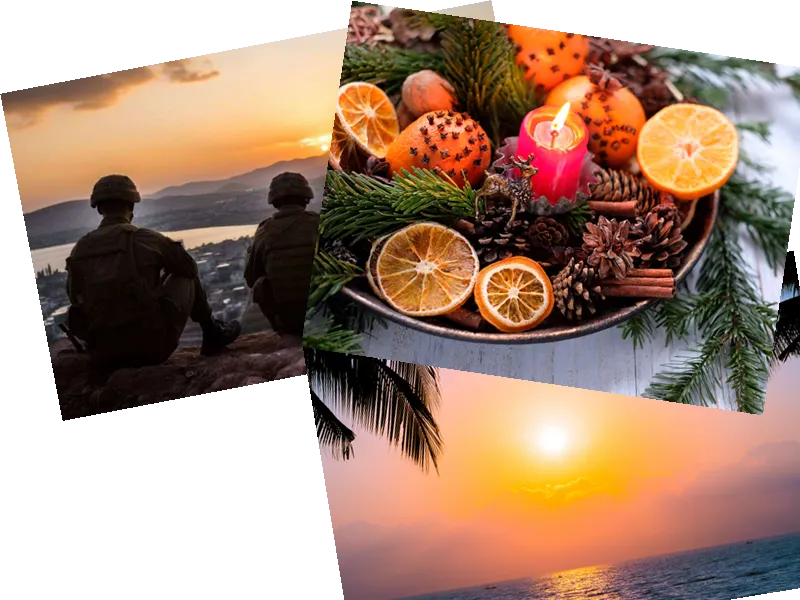Today marks the summer solstice, the longest day of the year in the Northern Hemisphere, characterized by the highest number of daylight hours and the fewest hours of darkness. This phenomenon is a result of the Earth rotating on a tilted axis, an inclination of 23.5 degrees likely caused by a massive collision billions of years ago. The summer solstice occurs when the Sun reaches its northernmost point above the celestial equator, typically on June 20 or 21.
In Israel, the solstice will bring around 14 hours and 14 minutes of daylight, with Jerusalem experiencing sunrise at approximately 5:35 am and sunset at 7:49 pm. The number of daylight hours can vary slightly based on geographical location within Israel. In northernmost regions, such as near the Arctic Circle, the sun remains above the horizon for a full 24 hours.
Culturally, the summer solstice has significant historical importance and is celebrated worldwide. In Northern Europe, particularly in Sweden and Finland, Midsummer festivities include traditional dances, songs, bonfires, and feasting. In Spain and other Spanish-speaking countries, the San Juan holiday is celebrated with bonfires, fireworks, and nighttime sea baths. Thousands gather at Stonehenge in England to witness the sunrise between the ancient stones. In Hawaii, the day is marked by rituals honoring the sun and ancestors, featuring hula dancing and traditional music. Lithuania celebrates with bonfire jumping and songs, symbolizing the start of summer and hopes for a good harvest.
The solstice is not only a terrestrial event but also occurs on other planets in our solar system, each with its own axial tilt and seasonal variations. For example, Mercury has a slight inclination of 2.11 degrees, while Uranus has an extreme tilt of 98 degrees.
In Italy, the summer solstice is celebrated with various events organized by amateur astronomers. The Italian Amateur Astronomers Union reports that in 2024, the solstice will occur on June 20 at 10:51 pm. Activities include stargazing events, multimedia shows, and guided tours at observatories and planetariums. The solstice date shifts slightly each year due to the Earth's orbit, necessitating adjustments every four years, as seen in leap years.
Conversely, the Southern Hemisphere experiences the winter solstice on June 20, 2024, marking the longest night and shortest day of the year. Astrologer Clara Gualano explains that this period of imbalance in light has historically prompted various mythologies, rituals, and invocations. Celebrations such as the Inti Raymi festival in South America and Yule in the Celtic calendar involve bonfires, dances, and communal gatherings. The winter solstice is also a time for introspection and connecting with one's inner light, as well as engaging in rituals that honor the sun and the new season.
- The summer solstice is a pivotal astronomical event that has fascinated cultures worldwide for centuries. It not only marks the beginning of summer but also serves as a reminder of the Earth's unique axial tilt and its impact on our seasons.
- In the Northern Hemisphere, the summer solstice is a time of celebration and cultural significance. Traditions vary widely, from the Midsummer festivities in Northern Europe to the San Juan celebrations in Spain. These events often involve communal activities such as dancing, singing, and lighting bonfires, symbolizing the triumph of light over darkness.
- The solstice also serves as an educational opportunity, with various organizations and associations hosting events to engage the public in astronomical observation and appreciation. In Italy, amateur astronomers organize 'Welcome Summer!' events to educate and entertain, making astronomy accessible to all ages.
- In the Southern Hemisphere, the winter solstice is equally significant, though it marks the longest night of the year. This period is rich in cultural rituals that aim to honor the sun and prepare for its eventual return. These rituals often involve fire, symbolizing warmth and light, and are deeply rooted in the traditions of ancient civilizations.






